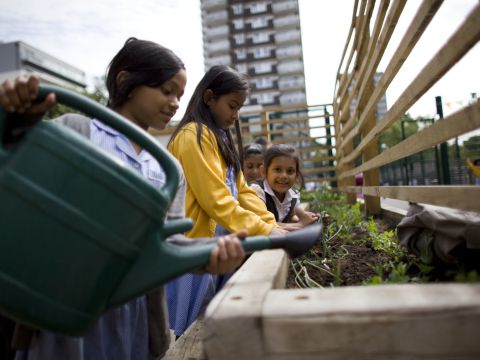Back to School: advice for growing in September
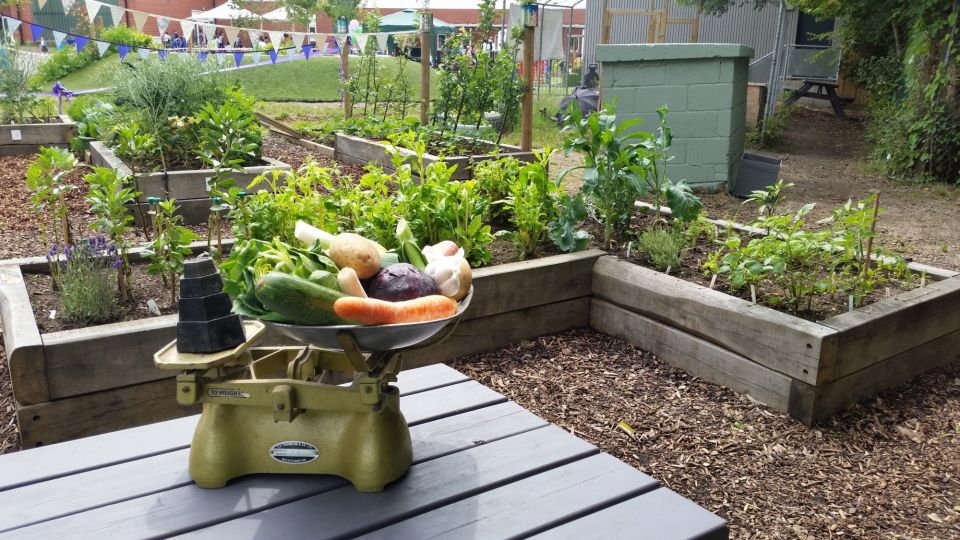
In our new series, our Edible Playgrounds team shares their knowledge of planting and growing, and learning outside. Take note!

The warm months are behind us and gardens will now be settling down for harvest and the autumn/winter seasons. However, like the school year, September can be seen as the start of the gardening year and there is plenty of preparation work to be done to ensure a good future harvest.
Although most of the growth is now behind us, there are also a few crops that work well when planted at this time of year. Keep reading to discover how to keep your green fingered groove.
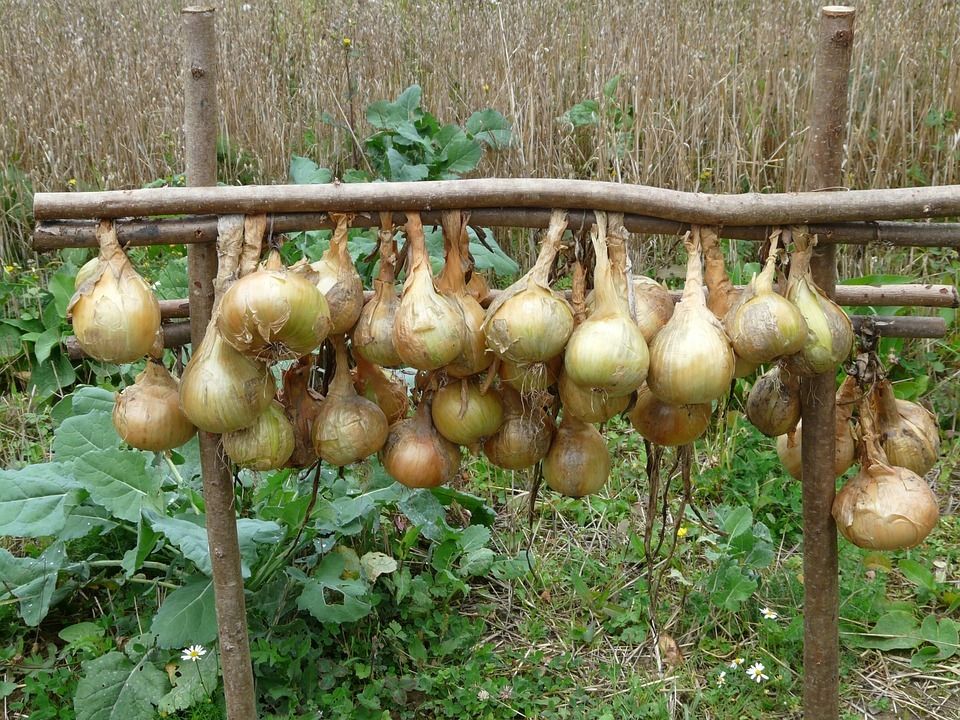
Harvesting
Now’s the time to take onions and potatoes from the ground, before it gets too cold and damp.
When removing potatoes, make sure all the tubers are also pulled out from the soil. If not, they will become weeds next year.
Make sure onions are well dried to prevent rotting in storage: leave them on a rack outdoors to allow air to blow through them, though be sure to keep the rain off!
Once the crops are out, break up the soil. Level it out and, as the land becomes vacant, plant some green manure. This will prevent weeds and soil erosion, will improve soil structure and, once dug into the ground, will restore vital nutrients.
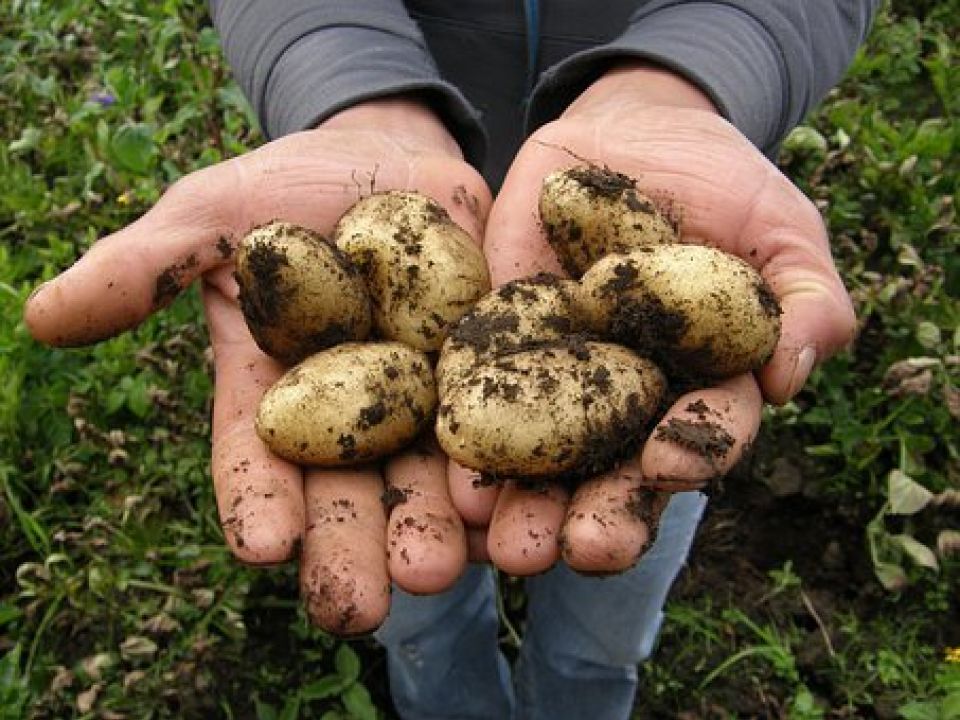
Composting
Late summer/early winter is the peak time for making compost. When making your compost, aim to create layers of 25 – 50% green materials (grass clippings, weeds, uncooked kitchen waste etc) and 50 – 75% brown, carbon rich materials (prunings, wood chip, paper, cardboard etc).
Turn the heap around once a month to allow air in – an important step that is often neglected.
Remove the fully decomposed compost from the bottom of the composter and spread over any vacant land, before the green manure and winter crops go in.
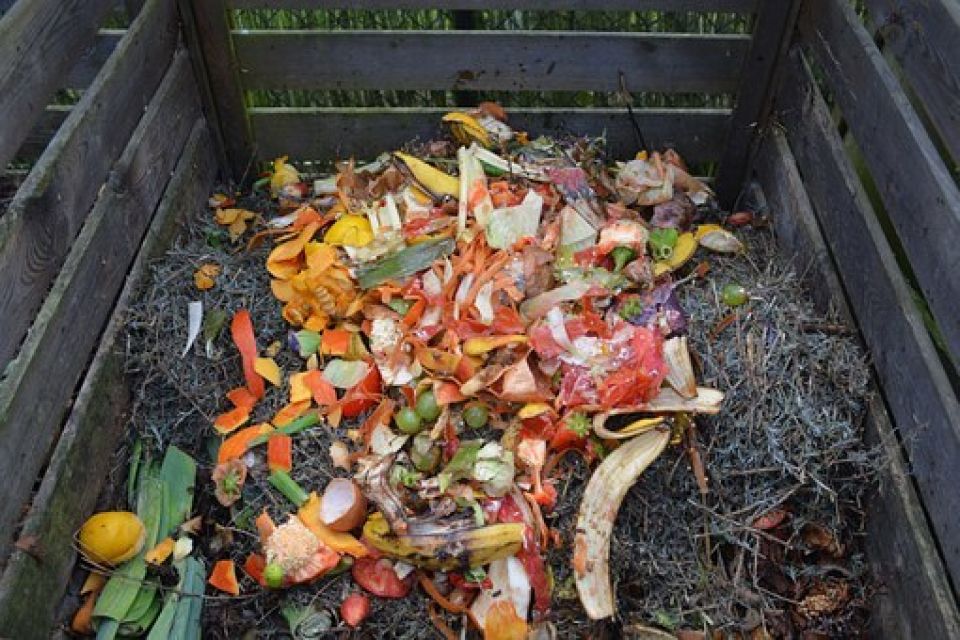
Planting
Keeping plants in the ground over winter helps maintain a healthy and nutritious soil. But it’s essential to plant at the right time: if done too late, the plants won’t be established before the real cold sets in, and they won’t survive. Choose the right seeds, plant at the right time, and protect your crops from the wind. Ideally plant under cloches to help protect the plants from the temperamental weather.
As much as they feature in summer salads, some lettuces don’t like too much heat and can do well through the winter: Arctic King tends to work well. Now is also the time to sow winter hardy spring onions. Try White Lisbon, a popular and hardy salad onion. Make sure the seed packets say ‘winter hardy’ on them, as not all varieties can stand up to the cold. Leafy vegetables such as rainbow chard, rocket, mustards and even coriander work well when planted at this time of year and spinach works better now than it does from spring / summer planting, when it has a tendency to rapidly turn to flower and seed, known as ‘bolting’.
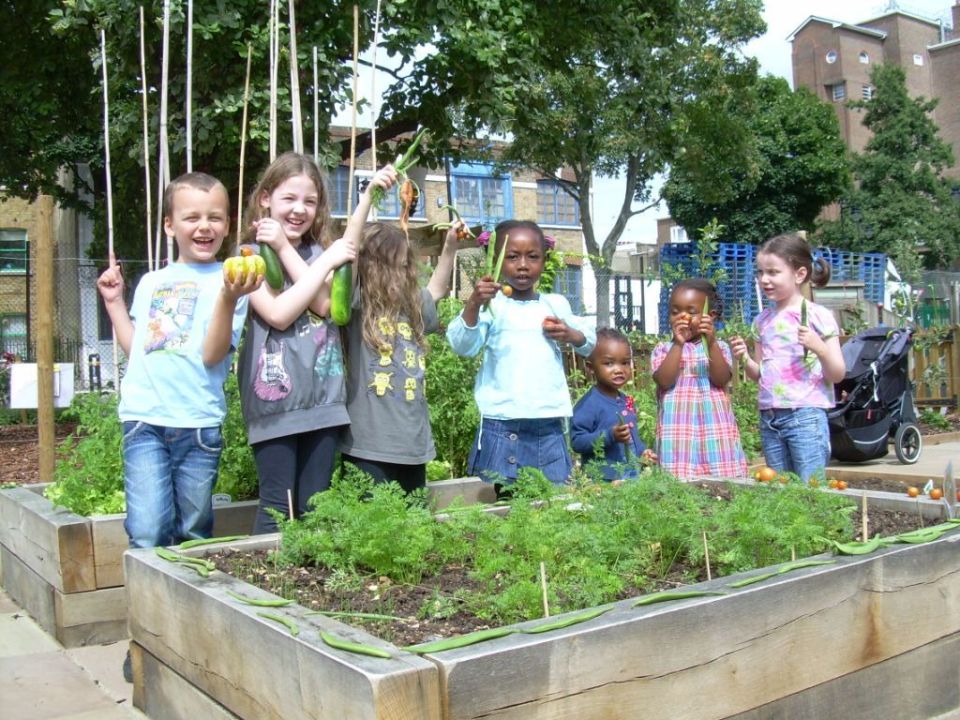
Put in the work now, and the rewards will be all the sweeter come spring!
How’s your garden getting along? Have you got any gardening questions for us? We’d love to hear from you – get in touch to let us know!
Edible Playgrounds
Edible Playgrounds transform school grounds into vibrant outdoor teaching gardens that inspire hands-on learning and get children excited about growing and eating healthy food.
Find out moreDonate to Trees for Cities and together we can help cities grow into greener, cleaner and healthier places for people to live and work worldwide.
Donate